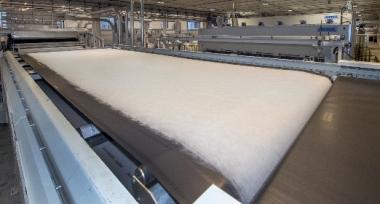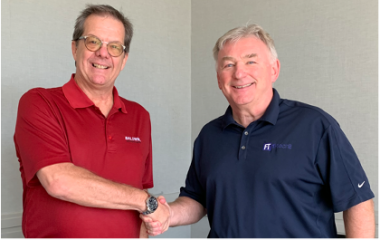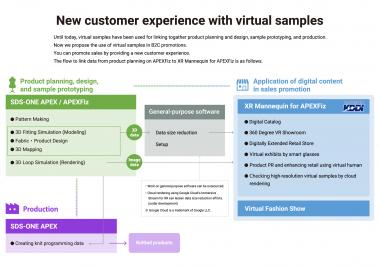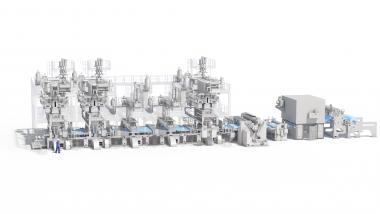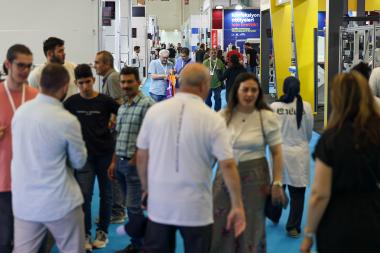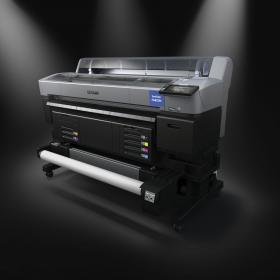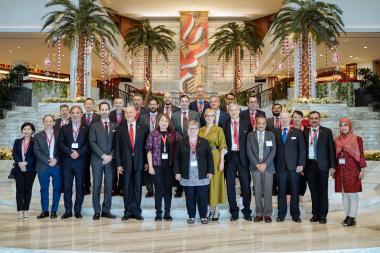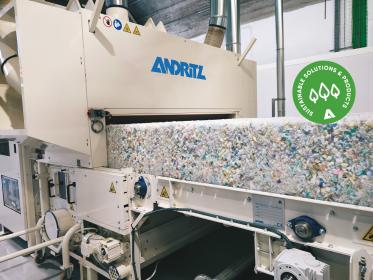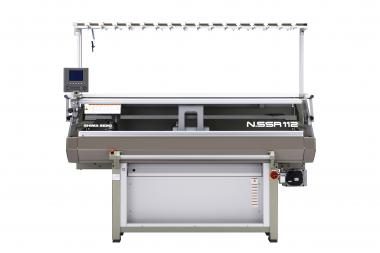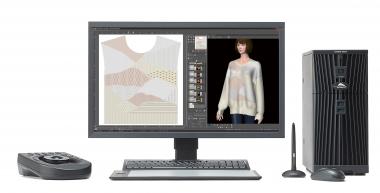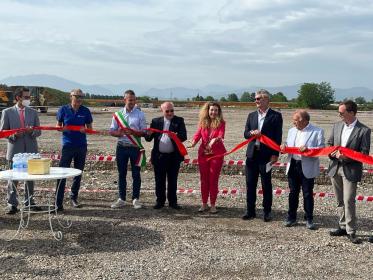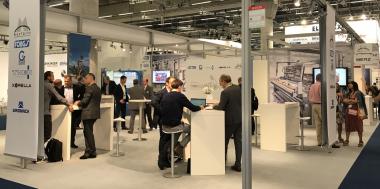BRÜCKNER: Neue Anlage für britisches Unternehmen HEATHCOAT FABRICS
Der deutsche Hersteller von Textilveredlungsanlagen BRÜCKNER liefert zum wiederholten Male eine Anlage an HEATHCOAT FABRICS. HEATHCOAT FABRICS ist auf die Herstellung von technischen Textilien in den Bereichen Texturierung, Weberei und Wirkerei sowie Färberei und Ausrüstung spezialisiert. Die Produkte des britischen Textilherstellers werden unter anderem für die Automobil-, Gesundheits-, Verteidigungs- und Luftfahrtindustrie hergestellt.
Regina Brückner, Geschäftsführerin und Inhaberin der BRÜCKNER Gruppe, erklärt: „Die komplexen Anforderungen von HEATHCOAT zu erfüllen ist nicht einfach, da die Vielfalt der hergestellten technischen Textilien sehr groß ist. Unsere Anlage muss leichte wie schwere Artikel veredeln. Die Auslegung, Steuerung und das gesamte Anlagenlayout müssen daher flexibel, funktional und trotzdem einfach zu bedienen sein. Glücklicherweise ist das Team von HEATHCOAT FABRICS sehr innovativ und aufgeschlossen. Gemeinsam haben wir in intensiver Zusammenarbeit die richtige Technologie und Handhabung entwickelt. Wir sind sehr glücklich, dass wir diesen von uns sehr geschätzten Kunden mit der Produktivität unserer Anlage und natürlich mit unserem technologischen Know-how überzeugen konnten.“
Die BRÜCKNER POWER-FRAME Spannmaschine mit direkter Gasheizung und gekonterten Thermozonen sorgt für gleichmäßige Temperaturen über die gesamte Länge und Breite des Trockners. Die Anlage ist mit einer schmierungsarmen, horizontal umlaufenden Nadel-Kluppen-Kombikette ausgestattet und ermöglicht mehrere Warenläufe, die speziell auf die zu verarbeitenden Gewebe abgestimmt sind. Zudem wurde gemeinsam mit HEATHCOAT FABRICS ein spezieller Auslauf mit unterschiedlichen Möglichkeiten für Kanten- und Mittenschnitt entwickelt. Je nach Art der Produkte kann die Ware auf Großdocken oder Papphülsen gewickelt oder auf Wagen abgetafelt werden.
Brückner Brückner Textilmaschinen HEATHCOAT FABRICS Weberei Automobil Medizin und Gesundheitsindustrie Luftfahrt
Brückner Trockentechnik GmbH & Co. KG






